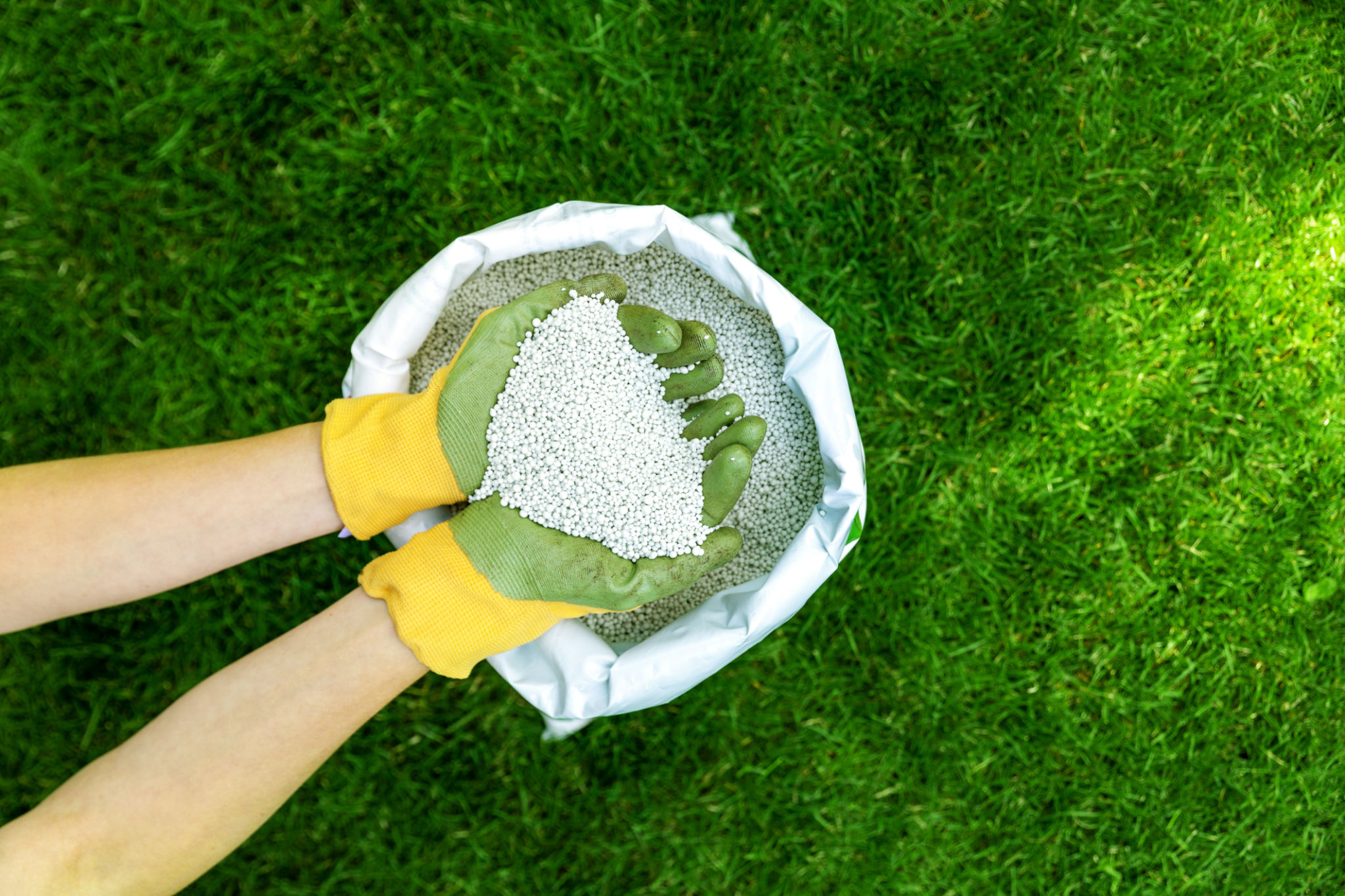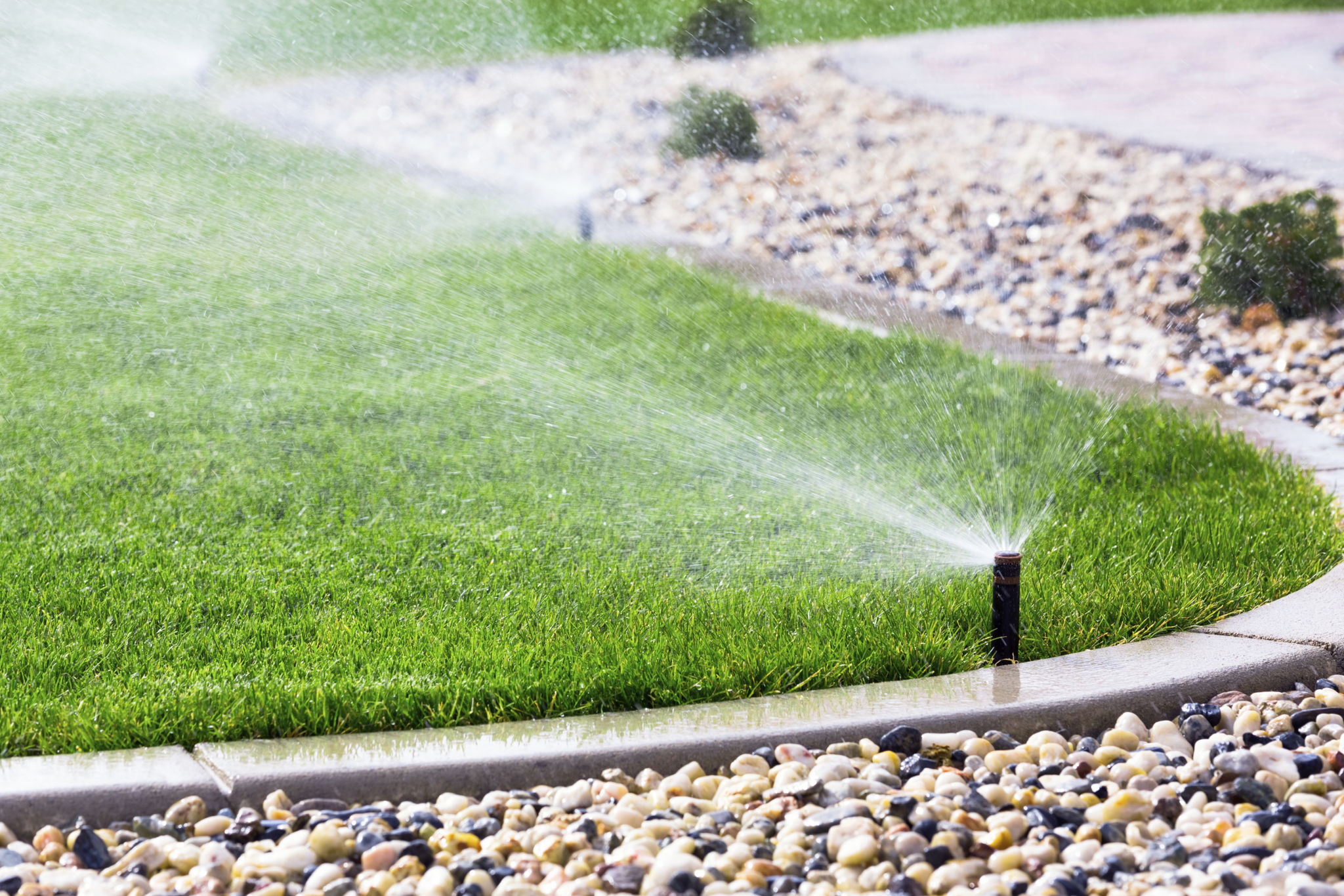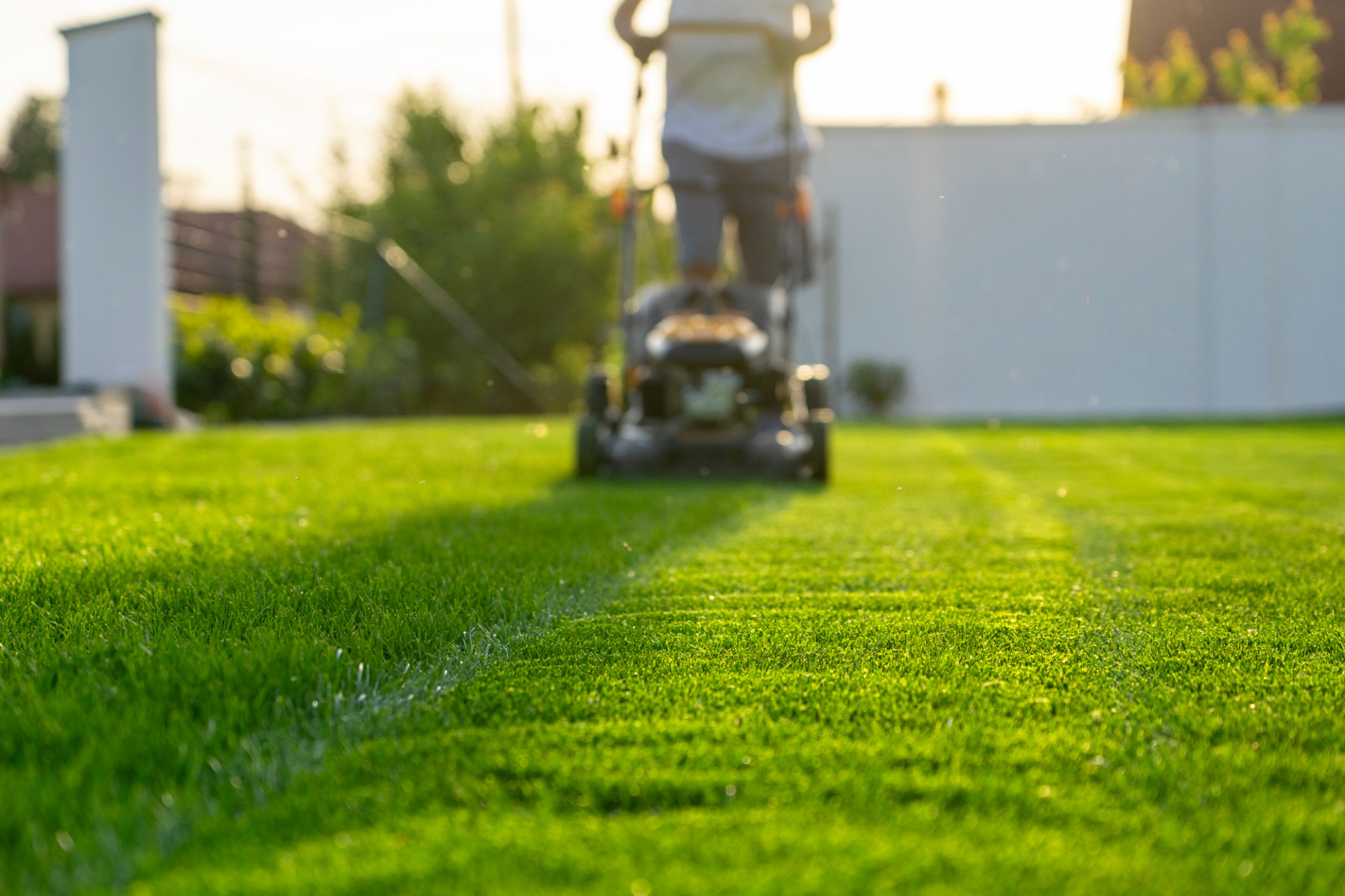Expert Landscaping Insights: Common Misconceptions About Lawn Care
Understanding Fertilization Needs
One common misconception about lawn care is that more fertilizer always leads to a healthier lawn. In reality, over-fertilizing can do more harm than good. Fertilization needs vary depending on the grass type, soil quality, and climate. It's essential to conduct a soil test to determine the specific nutrient requirements of your lawn. By applying the right amount of fertilizer, you can avoid nutrient runoff and promote sustainable growth.
Additionally, timing plays a crucial role in effective fertilization. Many homeowners mistakenly believe that fertilizing during peak summer months is beneficial. However, the best times to fertilize are typically in the spring and fall when the grass is actively growing and can absorb nutrients more efficiently.

The Truth About Watering Practices
Another prevalent myth is that watering your lawn daily is necessary for maintaining its lush green appearance. In reality, lawns do not require daily watering; doing so can lead to shallow root growth and increased susceptibility to disease. Instead, lawns benefit from deep, infrequent watering. This encourages roots to grow deeper into the soil, making them more resilient during dry spells.
Early morning is the ideal time to water your lawn. This allows the grass to absorb moisture before the heat of the day causes evaporation. Avoid watering in the evening, as prolonged moisture on the grass blades can promote fungal diseases.

Mowing Misunderstandings
Mowing practices also come with their own set of misconceptions. One common mistake is cutting the grass too short, thinking it will reduce the frequency of mowing. However, mowing too low can stress the grass and make it more prone to weeds and pests. The general rule of thumb is to remove no more than one-third of the grass blade's height at a time.
Keeping mower blades sharp is equally important for a healthy lawn. Dull blades can tear the grass, leading to a ragged appearance and making the lawn more susceptible to disease. Regularly sharpening your mower blades ensures clean cuts and promotes healthier grass.

Weed Control Confusions
Effective weed control is often misunderstood in lawn care. Many believe that applying herbicides frequently is the best solution for weed management. However, indiscriminate use of herbicides can harm desirable plants and contribute to environmental pollution. Instead, adopting an integrated weed management approach is recommended.
This involves proper mowing, watering, and fertilization techniques to create a dense, healthy lawn that naturally suppresses weeds. When necessary, targeted herbicide applications can be used, focusing on specific weed problems rather than blanket treatments.
Conclusion: Embrace Expert Insights
By understanding and addressing these common misconceptions about lawn care, homeowners can ensure their lawns are healthy and vibrant throughout the year. Expert landscaping insights emphasize the importance of tailored care practices rather than one-size-fits-all solutions.
Embrace these insights to transform your outdoor space into a thriving green haven while promoting sustainable practices that benefit both your lawn and the environment.
